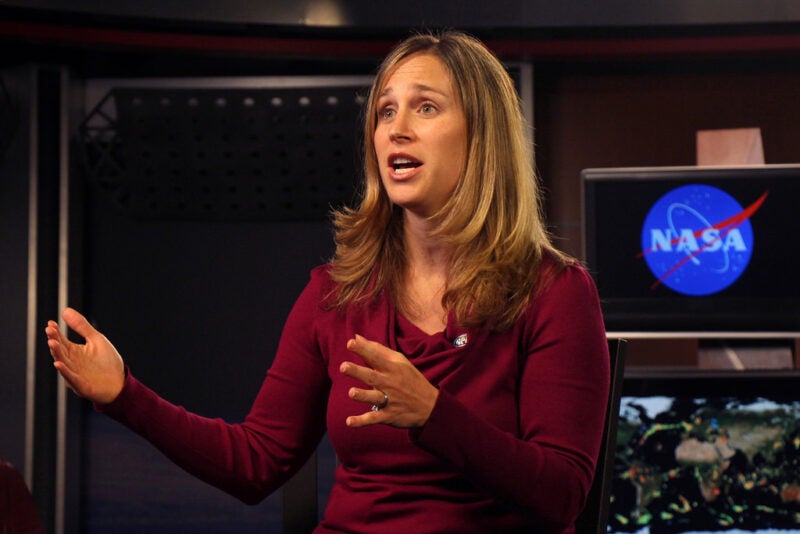Latest News
NASA Leader Emphasizes Satellite Data and Collaboration to Combat Climate Change

Dalia Kirschbaum. Photo: NASA
NASA wants to play a key role alongside the commercial satellite industry to use satellite technology to help avert the climate crisis. In a recent keynote at the Earth Observation Summit in London, Dalia Kirschbaum, director of the Earth Science Division, NASA Goddard Space Flight Center, said that NASA wants to help create an integrated system of data and make that available to others to address the climate crisis.
Kirschbaum spoke of the three ‘I’s’ — innovation, integration, inform — at the heart of NASA’s strategy.
“We see ourselves as an enabler of the space industry, even though we are a space agency. We can help advance topics and technology. We need to collaborate. We can help develop new technologies and these can then be transferred to the commercial market,” Kirschbaum said. “We have over two dozen satellites in orbit. These are all done in collaboration. For example, we work with other key space agencies JAXA (Japan), ISRO (India), ESA (Europe), etc. They all have different purposes. A key piece is to look at this as a system. We are striving to advance.”
NASA launched the PACE satellite earlier this year, and within two months it began providing data on the oceans, tracking chlorophyll, a key indicator of ocean health. The satellite provides a multitude of ways to measure the health of oceans around the world. NASA also has missions planned soon in areas such as surface biology and geology, as it hope to provide better data about the state of our planet.
Kirschbaum highlighted the increasing role of satellite when measuring natural disasters. She spoke about how severe wildfires in Canada last year generated air quality issues in the United States, and how NASA was able to provide data on the issue.
However, as budgets are cut, the onus will be on organizations like NASA to do more with less, even though the climate change challenge is only going to get bigger.
“Recently, we saw tremendous floods in Brazil. We were able to provide data to the Brazilian government and this was then pushed to local responders. The climate is stressed. We need to do more with less, and form partnerships. We need more integration across different networks, and getting more people using EO data, and getting more feedback on that,” she said.
The way that NASA is working with the commercial satellite industry is changing. Kirschbaum said, “We have been blessed with these huge flagship [satellite programs] in the past. It is not where the industry is going in terms of EO. With the budgets that we have currently, we have the opportunity, make those different capabilities, make them more the sum of their parts.”
She said that int terms of the commercial industry, NASA is engaging through the Commercial Satellite Data Acquisition program that complements the existing NASA/U.S. government fleet. NASA uses it to identify, evaluate and acquire commercial small satellite data.
The theme of the keynote was all about integration, working with the commercial industry on new models in order to better analyze things like fossil fuel emissions and work out what needs to be done next.
“How can we take climate modeling and project it forward? We are uniting data and technology to empower tomorrow’s climate solutions,” Kirschbaum said.
Get the latest Via Satellite news!
Subscribe Now